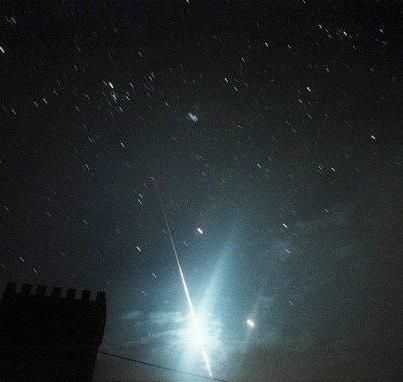
© Nicola Cambareri/CataniaPhoto of the Fireball that lit up southern Italy on February 19th 2013
A few minutes ago, at 19:18, a bright fireball was spotted in the skies of southern Italy. The first reports Strait from Messina reported a fireball on the Ionian Sea , with director from north to south, greenish and very bright magnitude.
We are awaiting further reports that allow us to understand the scope of the sighting.
After what happened in Russia, where a real asteroid 17 meters caused 1,500 wounded, This term is much more common.
A fireball , or meteor meteoroid scientifically defined, is a piece of rock the size of a small stone, which enters our atmosphere at very high speeds, which in certain circumstances may be more than the 260,000 km / h. The vision of these bodies is characterized by a ball of fire falling from the sky quickly, leaving behind a trail of light lasting a few seconds, and that only in very rare cases assumes a hazard similar to what happened in the region of Chelyabinsk.
Can take various colors from white to red, green to orange. In certain circumstances may even explode, creating spectacular light flashes (called flares) and / or change color, creating a memorable show for lucky observers. These phenomena fact can not be predicted, and being often have unpredictable occasional observers entirely. There are also very rare circumstances where the cars also produce a roar caused by the explosion, like distant thunder.
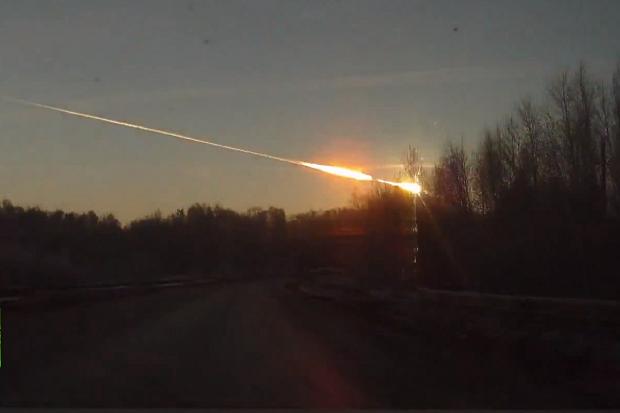
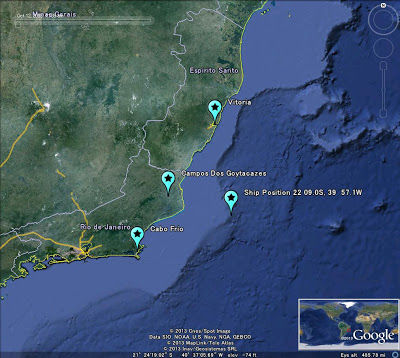


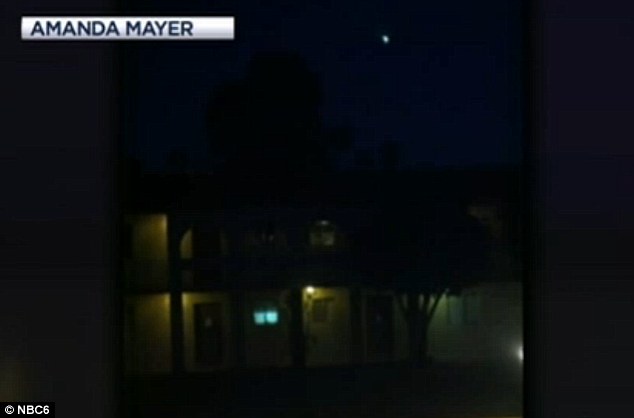
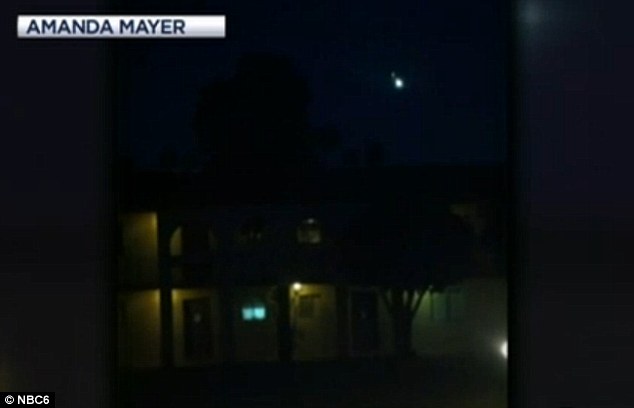
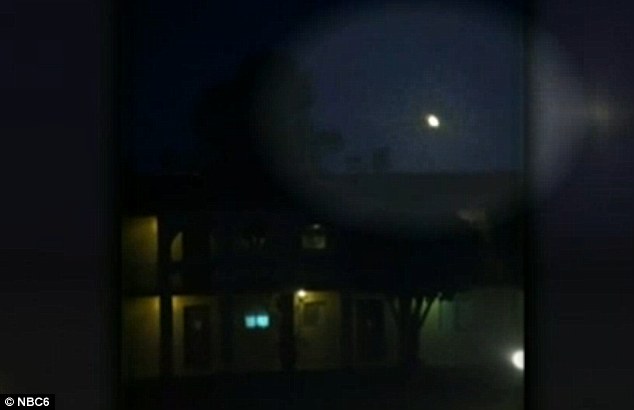



Comment: See also SOTT's report on the Chelyabinsk airburst: Fireball explodes over Russian city: Widespread panic and structural damage, Thousand people injured